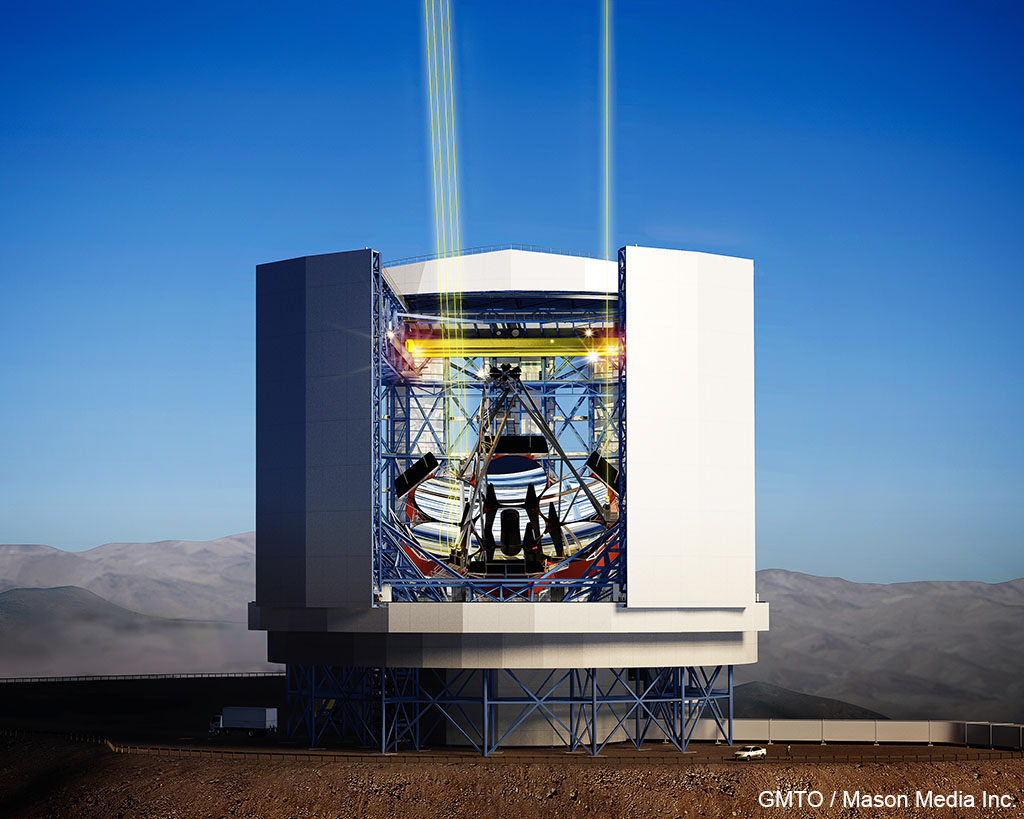Arizona State Joins the Giant Magellan Telescope Organization
 This post is adapted from a GMTO press release:
This post is adapted from a GMTO press release:
The Giant Magellan Telescope Organization (GMTO) has announced that Arizona State University (ASU) has joined the mission to build the world’s largest telescope, the Giant Magellan Telescope (GMT). The project’s partnership with ASU will aid in GMT’s mission of discovery and its quest to answer some of the most fundamental questions of all: where did we come from, and are we alone in the universe. The GMT will probe the atmospheres of planets around other stars for signs of biochemistry, and will look back to the early universe to understand how the first stars and galaxies formed.
“ASU’s research expertise in the study of planets will be a great asset to the GMT project going forward,” said Robert N. Shelton, President of GMTO. “The involvement of the ASU team with the James Webb Space Telescope and with the investigation of the early universe is also a critical addition to the knowledge base of the project.”
ASU’s School of Earth and Space Exploration (SESE) has established itself as a leading voice in the fields of exoplanets and space exploration. The mission of the school, to combine the strengths of science, engineering, and education to set the stage for a new era of exploration, aligns well with GMT’s mission of discovery. Faculty and students at the school are expected to work with the GMT project over the coming years; particularly Lindy Elkins-Tanton, SESE Director — a world leader in the study of terrestrial planetary formation and the principal investigator for the NASA Psyche mission to explore a metal asteroid — and Rogier Windhorst, ASU Regents Professor and interdisciplinary scientist for the James Webb Space Telescope.
“Major scientific advances are created by new instrumentation, and to be serious about studying our universe, we need to join in these partnerships,” said Elkins-Tanton. “I’m excited that ASU has taken this leap institutionally to be a part of what’s going to be a beautiful and transformational instrument.”

